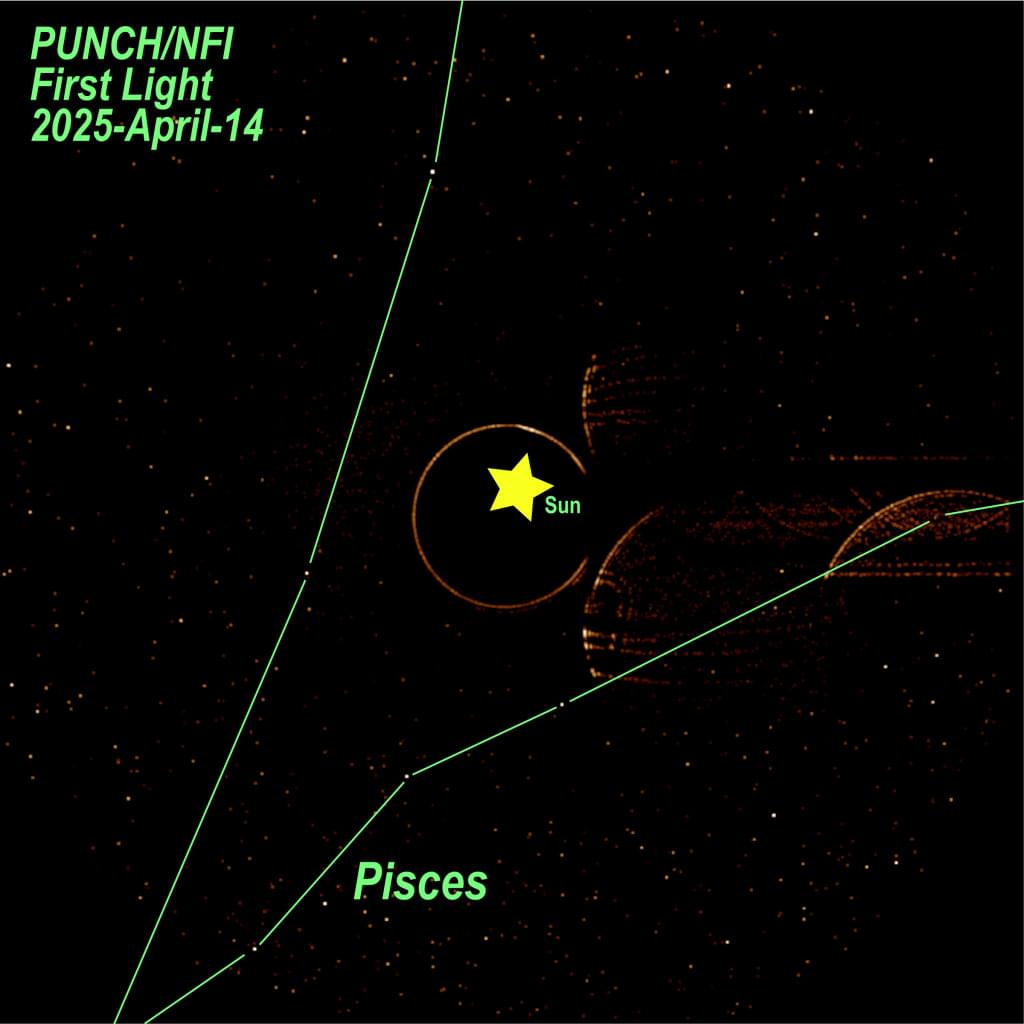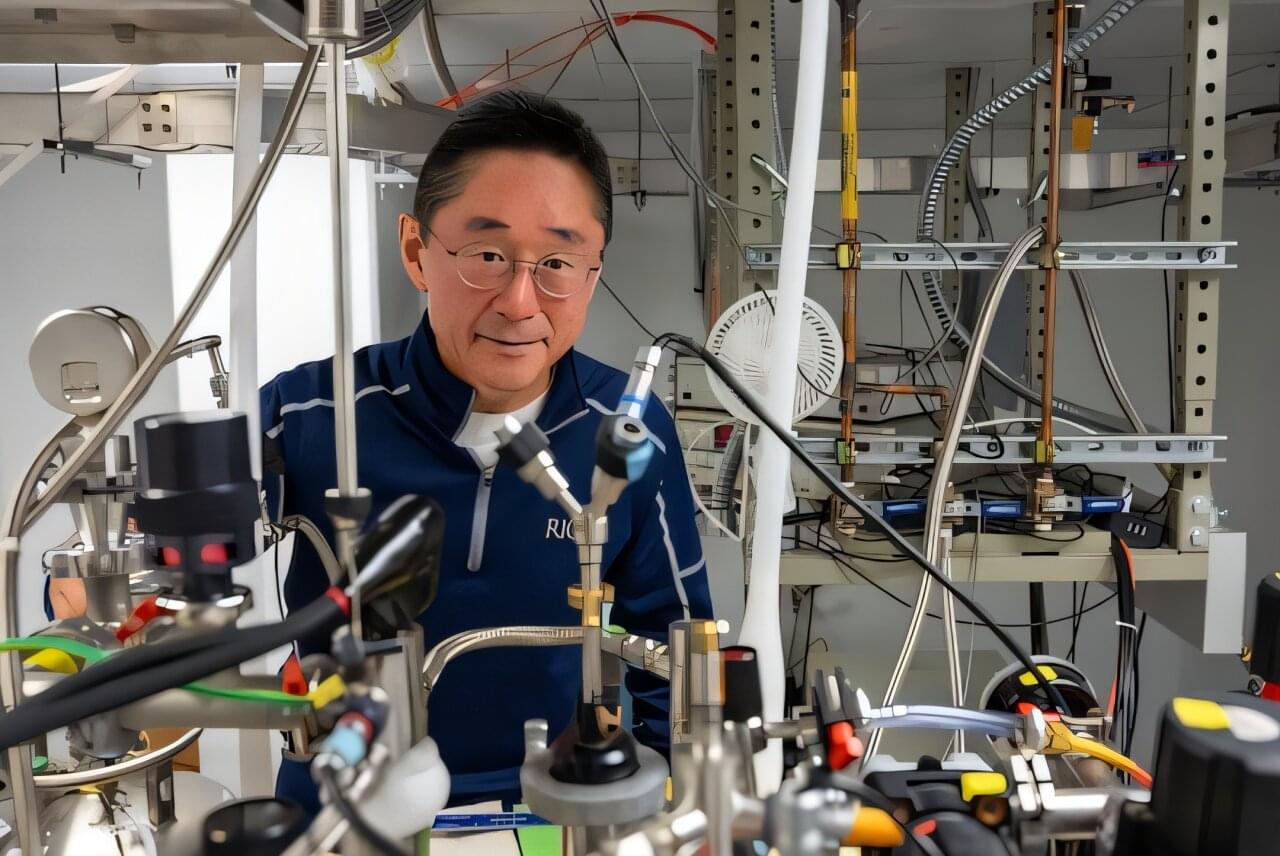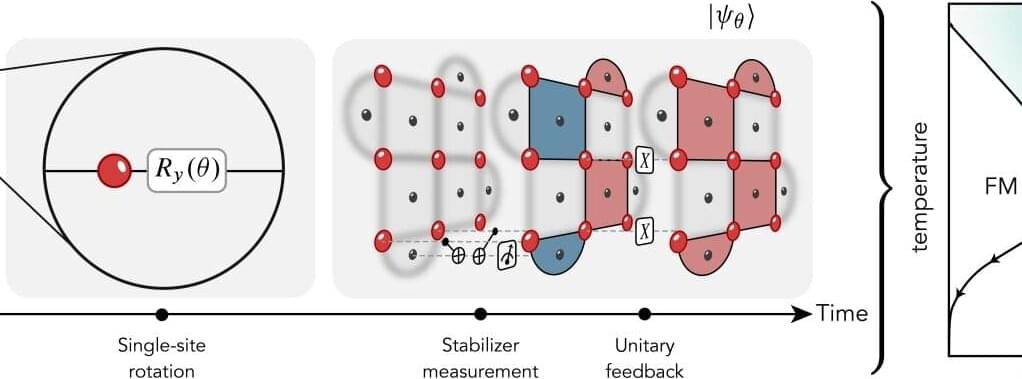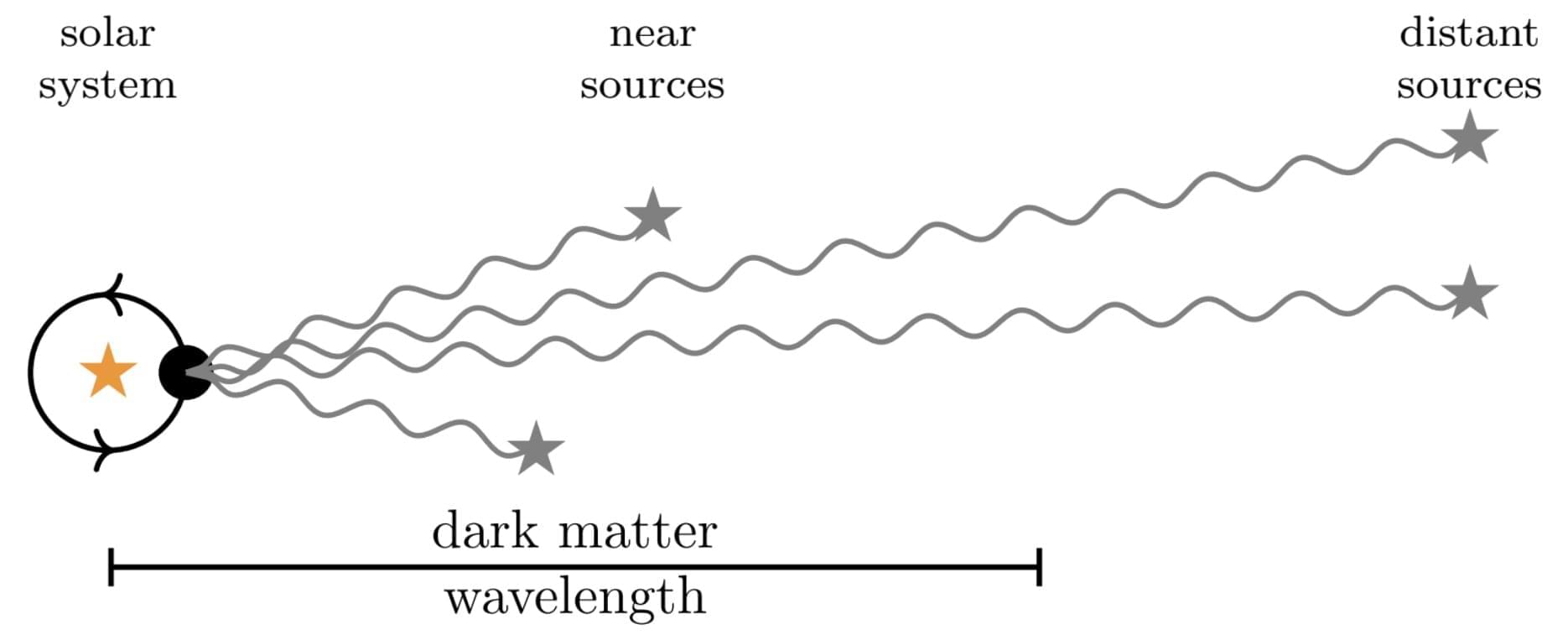Colloidal quantum dots (CQDs) are tiny semiconductor particles that are just a few nanometers in size, which are synthesized in a liquid solution (i.e., colloid). These single-crystal particles, created by breaking down bulk materials via chemical and physical processes, have proved to be promising for the development of photovoltaic (PV) technologies.
Quantum dot-based PVs could have various advantages, including a tunable bandgap, greater flexibility and solution processing. However, quantum dot-based solar cells developed so far have been found to have significant limitations, including lower efficiencies than conventional silicon-based cells and high manufacturing costs, due to the expensive processes required to synthesize conductive CQD films.
Researchers at Soochow University in China, the University of Electro-Communications in Japan and other institutes worldwide recently introduced a new method that could potentially help to improve the efficiencies of quantum-dot based photovoltaics, while also lowering their manufacturing costs. Their proposed approach, outlined in a paper published in Nature Energy, entails the engineering of lead sulfide (PbS) CQD inks used to print films for solar cells.








